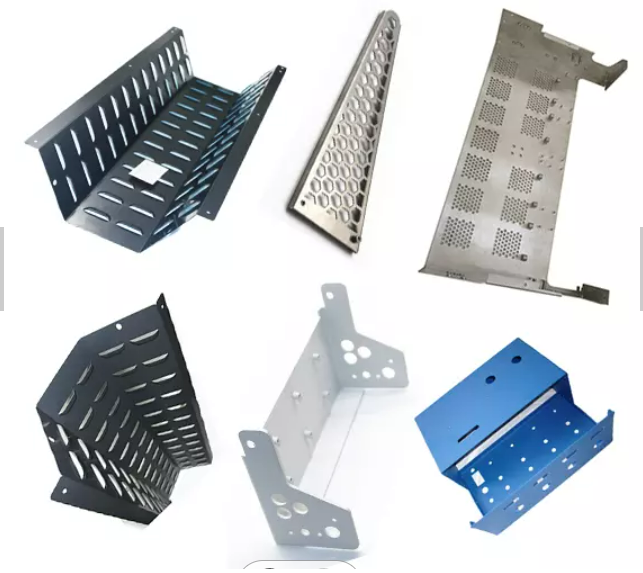The post-production of sheet metal products is mainly the treatment plan for the surface layer of sheet metal products, that is, in order to maintain the material parts, a film is applied to its surface layer to avoid air oxidation, and also to enhance the adhesion of spray paint, the processing process contains electroplating process, electrostatic adsorption, spray paint, air oxidation solution, etc., in which the key of electrostatic adsorption is used for cold-rolled steel. The sheet metal is processed after the post-production basis, therefore, it is necessary to pay attention to the maintenance of the material parts instead, so that they cannot be scratched and damaged, otherwise they cannot pass the quality inspection. The whole process of sheet metal shell processing is the fusion of theoretical study, and is the production process that organically combines the basic processing technology knowledge, way and practical activities of related machinery and equipment manufacturing.
Operators should choose different drop ways according to the construction of the drawings. The common ways of sheet metal shells are laser, CNC punching, shearing, mold’s and other ways. According to the drawings, the operator should choose the suitable drop material process. The common process methods for sheet metal shells are laser processing, CNC punching, shearing processing, bending processing, etc. After choosing the drop material, you can enter the next processing step. Choose the appropriate tooling and tooling. When carrying out bending, always compare with the drawings. Select the appropriate tooling to avoid collisions caused by inconsistencies in the thickness of the tooling and the stainless steel plate. The pressure value of the applied pressure should be adjusted, so as to determine the flatness of the stud and the surface of the workpiece when operating, and avoid not pressing firmly or pressing out more than the surface of the workpiece, causing the workpiece to be scrapped.
Sheet metal shells are actually metal products processing, which is more and more about transforming metal sheets so that they can be used in many different places. There are many types of processing, including stamping, cutting, and trimming to change the properties and shape of the metal. The use of this processing technology can bring a lot of convenience to people’s lives and also promote the development of China’s machinery manufacturing industry. For the sheet metal shell industry, it can be used in many areas of application. The goodness of the sheet metal shell is not only related to the equipment, but also to the experience of the operator and the production of the process sequence. It is important to choose the right sheet metal enclosure connection method.
1、Rivet riveting: This type of riveting is often called spigot riveting, where two plates are riveted together by spigot riveting.
2、TOX riveting of sheet metal shell connection method: The connected parts are pressed into the concave die through a simple convex die. Under the effect of further pressure, the material in the concave die “moves” outward. The result is a round joint with no sharp edges or burrs, and it does not affect its resistance to corrosion, even if the surface is coated or painted to preserve the original antirust and corrosion characteristics, because the coating and paint layer are also deformed and move together. The material is squeezed to both ends and squeezed into the plate on the side of the concave die, thus forming the TOX articulation dots.
3、Sheet metal shell connection method: one of the parts is pumping hole, the other part is countersunk hole, and the riveting die makes it into an articulated body that cannot be disassembled. Superiority: The draw hole and its matching countersink hole have their own positioning function. The riveting strength is good, and the riveting rate through the mold is also good.

